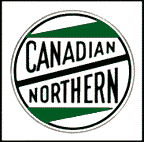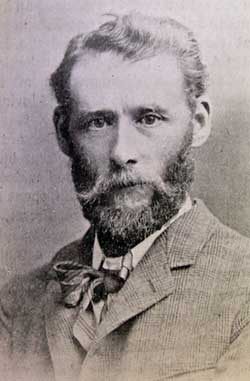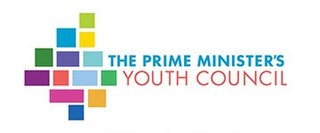
The Canadian Northern Railway (CNoR) was a historic Canadian transcontinental railway. At its 1923 merger into the Canadian National Railway, the CNoR owned a main line between Quebec City and Vancouver via Ottawa, Winnipeg, and Edmonton.

A Canadian Forces base or CFB is a military installation of the Canadian Armed Forces. For a facility to qualify as a Canadian Forces base, it must station one or more major units.

Eastern Canada is generally considered to be the region of Canada south of Hudson Bay/Hudson Strait and east of Manitoba, consisting of the following provinces : Newfoundland and Labrador, Nova Scotia, Prince Edward Island, New Brunswick, Quebec and Ontario.

The Embassy of France in Ottawa is the diplomatic mission of France to Canada, located at 42 Sussex Drive in the New Edinburgh neighbourhood of Ottawa.
The Royal Canadian Numismatic Association was founded in 1950. It is a nonprofit association for coin collectors and other people interested in Canadian numismatics. It has members throughout Canada and in other countries. At times, it also works with the Canadian Association for Numismatic Education (CAFNE), an arms length organization, which is defined by the CRA as a Canadian educational and charitable organization. CAFNE provides funding for some of the RCNA's educational seminars and publications.
Expenditures by federal and provincial organizations on scientific research and development accounted for about 10% of all such spending in Canada in 2006. These organizations are active in natural and social science research, engineering research, industrial research and medical research.
Swimming With A Mission (SWAM) Canada, previously SwimAbility Canada (2016–2018) and Making Waves Canada (2009–2016), is a Canadian not-for-profit organization whose mission is to improve the lives of children with disabilities through private, low-cost, and adapted swimming and water safety instruction.

The Salvation Army in Canada is the Canadian territory of a Christian church that is known for its charity work, with a motto of Giving Hope Today. The Salvation Army was formed in 1865 in London, England, and it began working in Canada in 1882. Today, it operates in 400 communities across Canada and in Bermuda. The Salvation Army Archives are in Toronto, and the Salvation Army's Training College is in Winnipeg.

Hamilton Thomas Carlton Plantagenet MacCarthy was one of the earliest masters of monumental bronze sculpture in Canada. He is known for his historical sculptures, in particular his Pierre Dugua, Sieur de Mons at Annapolis Royal, Nova Scotia (1904) as well as Samuel de Champlain overlooking Parliament Hill on Nepean Point, Ottawa (1915), next to the National Gallery of Canada. His monument to the Ottawa volunteers who died in the South African War (1902) was moved to Confederation Park in 1969 after several moves. Other works include that of Ottawa mayor, Samuel Bingham, in Notre-Dame Cemetery in Vanier.

Kevin Sonmor (1959) is a Canadian artist known for paintings of still lifes, equine and marine scenes. A postmodernist, Sonmor blurs the boundaries between contemporary abstract landscape and historic landscape traditions by creating a visual language which is both representational and symbolic. His work is exhibited in public and private galleries across North America and in Europe.

The Prime Minister's Youth Council is an advisory board created by the Prime Minister of Canada Justin Trudeau in 2016. Currently, 10 Canadian youth aged 16 to 24 comprise the non-partisan board. Members advise the prime minister on education, economy, climate change and other issues affecting youth.
Canadian Association for Suicide Prevention (CASP)/L'Association canadienne pour la prevention du suicide (ACPS) was established in 1985. It is a non-governmental organization which brings attention to the problem of suicide in Canada and advocates for services, research, education and other supports in the area of suicide prevention and bereavement, across diverse Canadian cultures. CASP presents an annual conference which provides opportunities for networking and the exchange of ideas and information related to suicide prevention, intervention and postvention.

The Maritime Amateur Hockey Association (MAHA) was a governing body for amateur ice hockey in the Maritimes of Canada. It was a branch member of the Canadian Amateur Hockey Association from 1928 to 1974, with its jurisdiction including the provinces of New Brunswick, Nova Scotia and Prince Edward Island. The MAHA operated leagues for senior ice hockey which competed for the Allan Cup, and leagues for junior ice hockey which competed for the Memorial Cup. The New Brunswick Amateur Hockey Association separated from the MAHA in 1968, and the MAHA ceased to exist after the Nova Scotia Hockey Association and Prince Edward Island Hockey Association were established in 1974.









